Russia could cut interest rates to a historic low, but economists see little impact
- Amiran Azaladze

- Jun 20, 2020
- 3 min read

By Elliot Smith
KEY POINTS
Central Bank Governor Elvira Nabiullina said last week that lower inflation across the first five months of the year has freed up space for the central bank to make further cuts.
Some economists expect a 50 basis point reduction on Friday, bringing the rate to 5% following a 50 basis point cut in April. This equals a post-Soviet Union low reached in June 2010. Others expect a 100 basis point cut.
The Central Bank of Russia (CBR) is expected to cut its benchmark interest rate on Friday to its lowest level since the fall of the Soviet Union. Bank Governor Elvira Nabiullina said last week that lower inflation across the first five months of the year has freed up space for the central bank to make further cuts, as it looks to shore up the economy in the aftermath of the coronavirus pandemic. Economists are torn on the size of the reduction, with some expecting 50 basis points, bringing the rate to 5% following a 50 basis point cut in April. This equals a post-Soviet Union low reached in June 2010. Others anticipate a much more heavy-handed 100 basis point cut this time around. After economic conditions seemingly bottomed out in April and began to rebound in May and June, stronger domestic inflationary pressures may return, according to Matthias Karabaczek, European analyst at the Economist Intelligence Unit. “The CBR will likely refrain from pushing real policy rates into negative territory, which suggests that the maximum rate cuts in the second half of the year would be a total of 150 basis points to 4%,” Karabaczek told CNBC via email Monday. “The inflation trajectory in the third quarter will also be crucial as most restrictions on economic activity will have been lifted by then, and we still expect inflation to slightly overshoot the CBR’s 4% target this year.”
Minimal impact from rate cuts
Although a rate cut is almost unanimously expected, there is some skepticism over the impact lower financing costs can have on the Russian economy, which remains hostage to a lack of demand for credit and investment from businesses due to a variety of structural issues. Vladimir Tikhomirov, chief economist at BCS Financial Group, told CNBC that a lack of demand for new loans for investment meant the Russian economy was slowing even before the coronavirus pandemic, particularly in the export-driven sectors which constitute a significant portion of the Russian gross domestic product.
“The best confirmation of this trend is that a lot of Russian companies have significantly increased their dividend payments to shareholders rather than opting to put aside a bit of money to expand,” Tikhomirov explained on the telephone from Moscow last week. “That’s a big problem and it will not disappear. It is not a Russian-only problem, as we’ve seen a lot of central banks cutting aggressively in the hope that would spike demand for credit and would lead to higher investment, job creation and finally growth, but thus far we have not seen a lot of evidence that investment is picking up and the demand for credit, particularly on the corporate side, is picking up.” Major economies such as Japan and the euro zone have long endured economic stagnation despite interest rates at or below zero in a bid to encourage borrowing. Tikhomirov suggested that increasing government spending on pensions, salaries or subsidies, or investment in infrastructure projects to drive demand, would be a more effective means of rejuvenating the economy in the aftermath of the crisis.
Private sector leverage concerns
Outdated capital stock, a declining workforce, dependence on natural resource sectors, institutional weaknesses and poor productivity growth will all continue to constrain economic activity, Karabaczek added. However, partially due to falling real wages and generally tepid economic activity, he highlighted that households and corporates have been leveraging up in recent years. “In turn, higher private sector leverage in the economy also calls for lower interest rates amid sustainability concerns,” he said. In late 2014, the CBR switched focus from exchange rate to inflation targeting, at which point the central bank’s interest rates gained in importance.
“The CBR has more control of money supply and interest rates, but still intervenes in the foreign exchange market to reduce exchange rate volatility,” Karabaczek said.
“However, there is still a large prevalence of fixed interest rates in the Russian economy: over two-thirds of Russian banks’ outstanding loans are at fixed interest rates, limiting the CBR’s interest rate transmission mechanism.”
Karabaczek suggested that there were other financing measures which could provide greater support than interest rate reductions this year. These included loan payment deferrals for small and medium-sized enterprises, loans at 0% interest rates for the hardest-hit industries and more low-interest loans for other key companies.
CNBC
World Forex Award
PDF guide: https://bit.ly/wfaguide20
WFA materials and security issues: http://bit.ly/wfaguide
About WFA: https://www.worldforexaward.com/




Comments